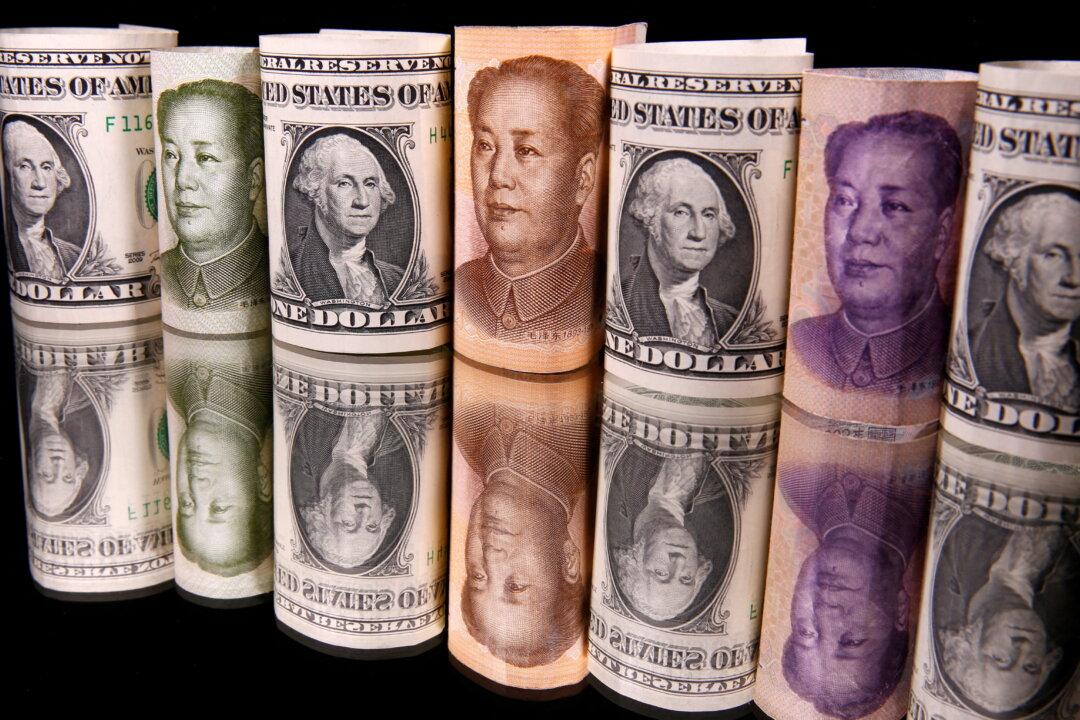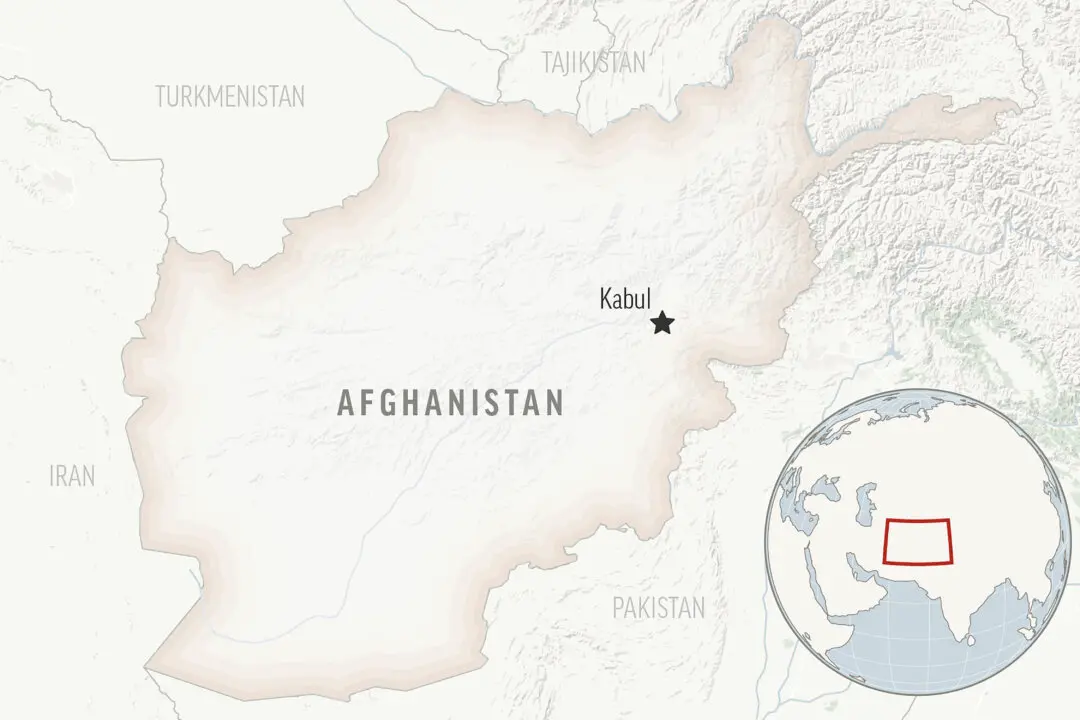SINGAPORE/LONDON—The dollar was little changed on Wednesday after some of the biggest U.S. banks warned of an impending recession, while China’s yuan firmed as authorities loosened some of the country’s zero-COVID rules.
Top bankers from JPMorgan Chase & Co., Bank of America, and Goldman Sachs said overnight that the banks are bracing for a worsening economy next year as inflation and high interest rates cut into consumer demand.





